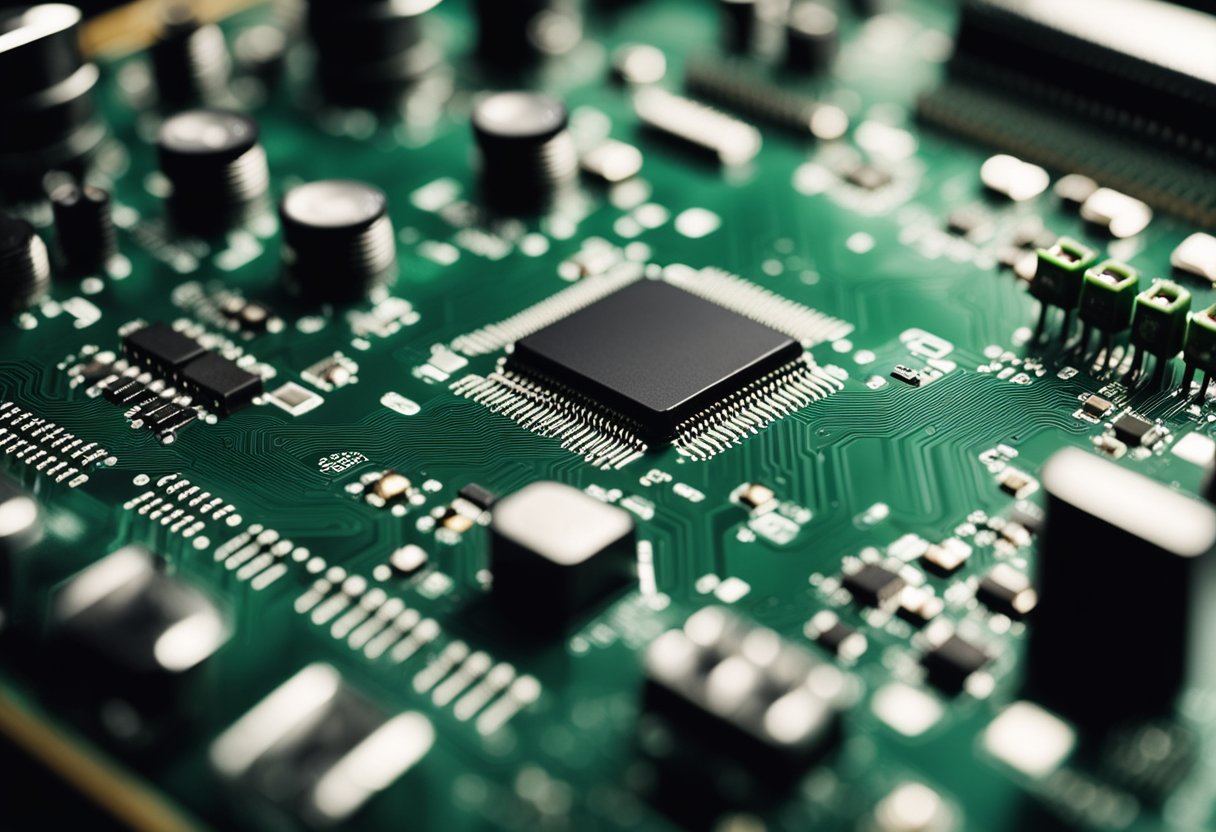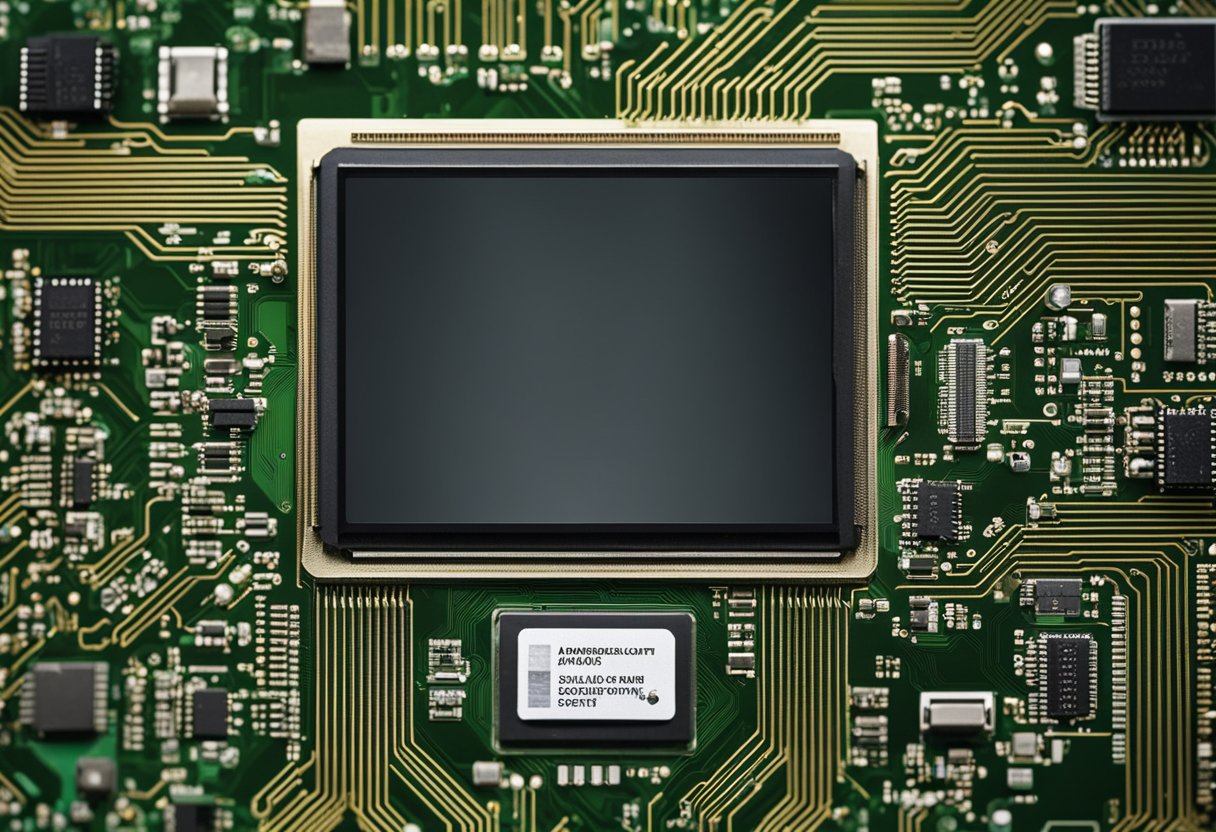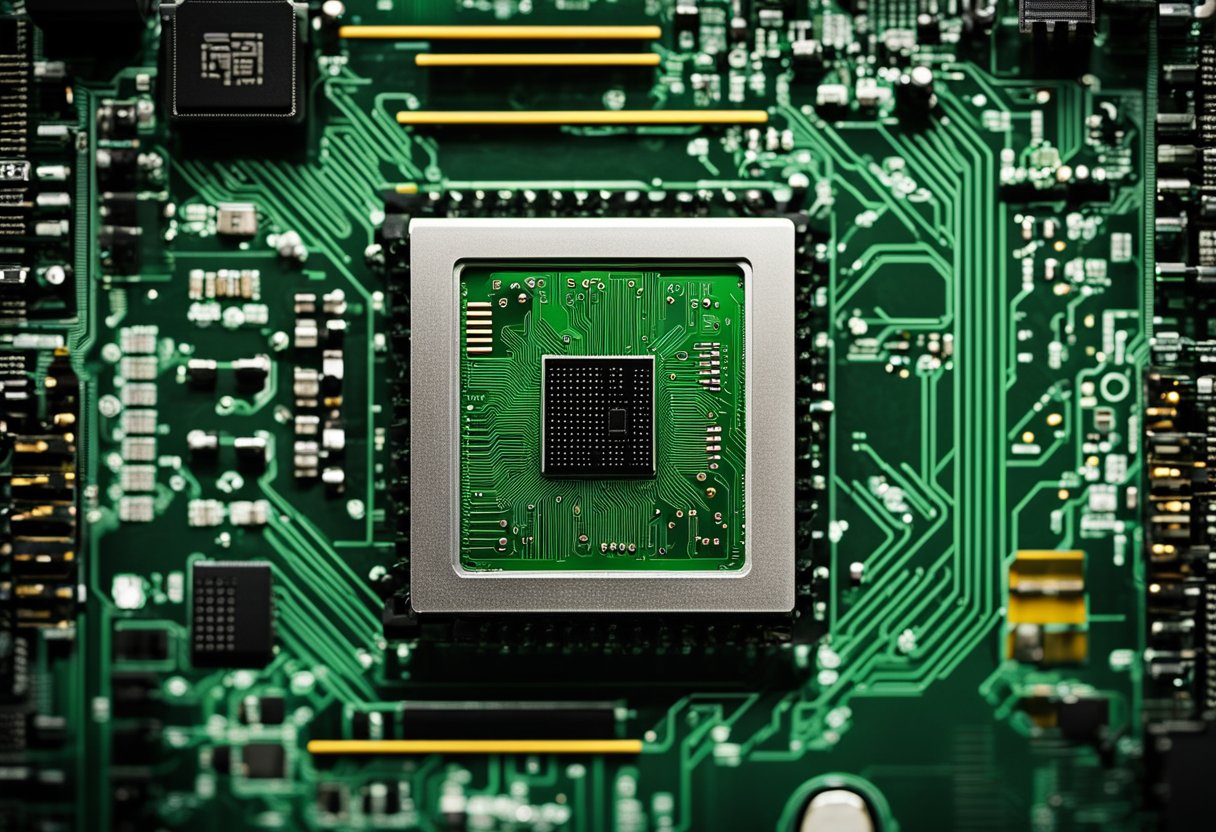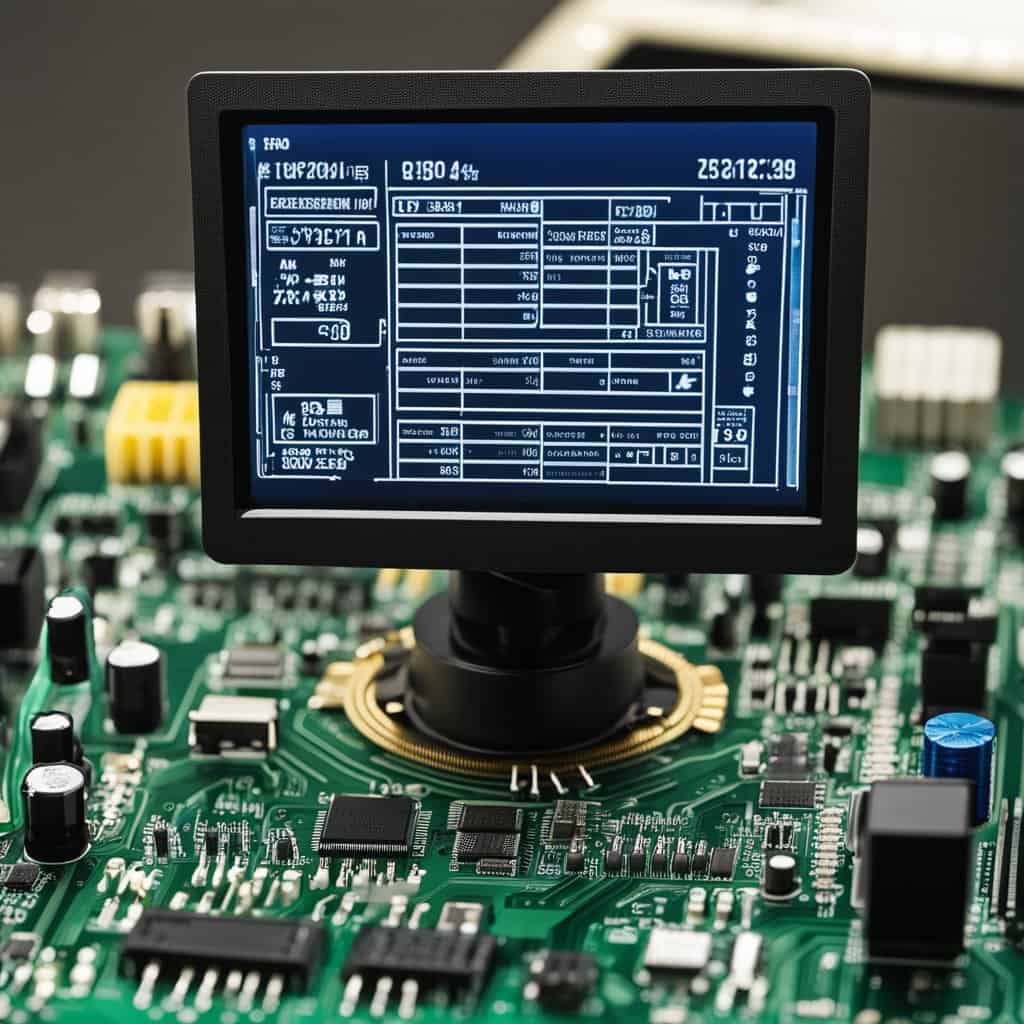Encountering a situation where your computer is stuck on the motherboard screen can be quite alarming. This typically occurs when the initial power-on self-test (POST) process is interrupted, preventing the computer from proceeding to load the operating system.
Several factors can be at the root of this issue, ranging from malfunctioning hardware components to software and BIOS configuration problems. Understanding the common causes can guide you in troubleshooting and finding a resolution.

When your PC gets stuck on the boot screen, it’s a sign that your system is having trouble with an essential process during start-up. This could be due to issues with your system RAM, a recent hardware change, overheating components, or even corrupted system files within your operating system.
The problem often requires a systematic approach to identify and resolve, ensuring each potential cause is checked and addressed appropriately.
Taking methodical steps can help to rectify the problem, such as checking hardware connections, resetting the BIOS to default settings, or booting in safe mode to repair operating system files.
These measures can be undertaken even by those with limited technical expertise, moving one step at a time toward a solution and getting your PC running smoothly once more.
Identifying the Issue
When your computer becomes stuck on the motherboard screen, it’s critical to approach the problem methodically to determine the root cause. Specific checks and procedures can help you narrow down the issue and find a path to resolution.
Analyzing the Symptoms
Pay attention to your computer’s behavior during start-up. If the motherboard screen remains unresponsive or if the system cannot advance to the Windows logo, it indicates a failure somewhere in the boot process.
Do the fans spin up, or are there any beep codes? These could provide vital clues. When pressing the Num Lock on the keyboard, does the light change? If not, your system might not be passing the Power-On Self Test (POST).
Hardware and Power Checks
Ensure all hardware components are seated correctly and that there are no loose cables. Hard reset your PC by holding the power button for a few seconds, and then power cycle it by disconnecting the power cable.
Check the RAM sticks for proper installation, and remember to examine the power supply (PSU) for any signs of failure. Confirm if the power cable is intact and the outlet is supplying power.
Troubleshooting the Boot Process
Access the BIOS by pressing the key displayed on the screen (often ‘F2’, ‘Del’, or ‘Esc’). Here, you can check the RAM configuration, ensure the CPU and GPU are detected, and that the boot order lists your storage drive or SSD correctly.
If you suspect the CMOS battery is dead, replace it to reset the BIOS to its defaults. As a last resort, attempt to clear the CMOS to resolve any BIOS corruption issues.
Inspecting for External Causes
Remove all unnecessary USB devices like your keyboard, mouse, or printer that may interfere with the boot process. External hardware can cause conflicts, especially if they are malfunctioning.
Also, consider booting from a bootable USB drive to determine if the issue is your primary storage or a possible virus.
By systematically going through these steps, you’ll likely identify the disruption in the normal boot sequence and can then focus on the appropriate fixes.
BIOS Configuration and Recovery
When your computer is stuck on the motherboard screen, addressing the BIOS setup can be a crucial step. This could involve navigating the BIOS settings to identify issues, resetting or updating the BIOS if corruption or outdated firmware is at play, or performing system recovery to resolve software conflicts.
Navigating BIOS Settings
To navigate BIOS settings, restart your Dell computer and repeatedly press Del or F2 to enter the setup. Once inside, you can review and change the boot order or adjust other settings that might be causing the boot issues. Keep an eye out for any signs of hardware failure that may be reported within the BIOS.
Resetting or Updating BIOS
If you suspect a corrupt BIOS, you can reset BIOS settings to factory default which often resolves boot issues. Should resetting fail, you may need to update your BIOS. Be cautious: an incorrect update can lead to further issues. If you’re unsure, it’s advisable to seek professional help.
Performing System Recovery
For software-related boot issues, a system restore can revert your computer to a previous state when it was functioning well. If system restore doesn’t work or if you face persistent issues, perform a fresh install of the operating system. Remember to back up your data beforehand to avoid any loss.
Advanced Solutions and Replacement

When dealing with a computer that is stuck on the motherboard screen, advanced troubleshooting steps might be necessary if the common fixes do not work. At this stage, considering professional help is a wise decision, especially if you have performed basic checks and the issue persists.
Professional Help
- Seek professional help: Technicians have specialized equipment and expertise to diagnose and repair your system efficiently.
Hardware Components
- Check individual hardware components: Methodically test each piece of hardware to isolate the fault. You may need another working computer or certain tools for this.
- RAM: Try testing with different RAM sticks.
- GPU: Connect your monitor to the onboard video output if available or test with another GPU.
- Storage: Test your hard drive or SSD on a different machine.
Hardware Failure
- Diagnosis: Hardware failure can prevent your computer from progressing past the motherboard screen. If you have identified a failing component, replacement is the next step.
- RAM: This is one of the more common points of failure that may cause boot issues.
- Power Supply: Insufficient power can lead to an incomplete boot cycle.
Corrupt BIOS
- Refresh or Update BIOS:
- Access your system’s BIOS (consult your motherboard manual for the correct key, typically Del, F2, F10, F12, or Esc).
- Use the ‘Flash BIOS’ utility within the BIOS settings to update to the latest version.
- Alternatively, select the option to restore defaults which can sometimes resolve configuration issues.
Should replacement parts be needed, always choose components compatible with your system. Remember, to unplug the power cord and ground yourself before touching any internal parts to prevent electrostatic discharge.
If the problem remains unresolved, a corrupt BIOS or a more significant hardware issue may be at hand, and professional assistance is recommended.
Preventative Measures and Maintenance

Regularly updating your computer’s software is crucial to maintaining system health. Ensure that you have the latest updates for your operating system, as they often contain important security patches and performance improvements.
When it comes to hardware care, be cautious about physical damage or overheating issues. Keep your computer in a clean, dust-free environment, and consider using cooling solutions if necessary to maintain optimal temperatures.
Virus protection is non-negotiable. Install a reputable antivirus software and schedule regular scans. This helps prevent malware that could cause your system to hang on the motherboard screen.
To maintain system health, routinely run system checks and disk clean-up utilities. Such practices help in keeping your system free of unnecessary files that may impact performance.
Occasionally, performing a fresh install of your operating system can be beneficial, especially if you’re experiencing persistent issues. After backing up important data, this should be a last resort, as it cleans the slate and can often resolve inexplicable system hangs.
| Preventative Action | Benefit |
|---|---|
| Regular Updates | Security and performance enhancement |
| Hardware Care | Prevents physical and overheating damage |
| Virus Protection | Shields against harmful software |
| System Health Checks | Improves performance and stability |
| Fresh Install | Resolves persistent system problems |
By adhering to these preventive measures, you can significantly reduce the chances of your computer becoming stuck on the motherboard screen, ensuring a smoother and more reliable experience.

